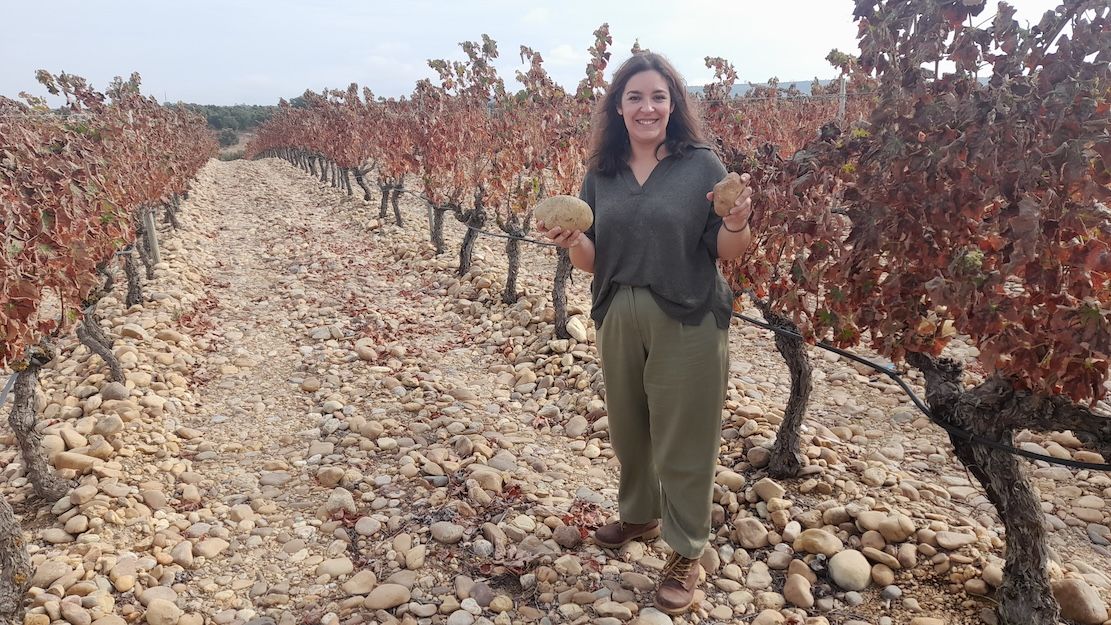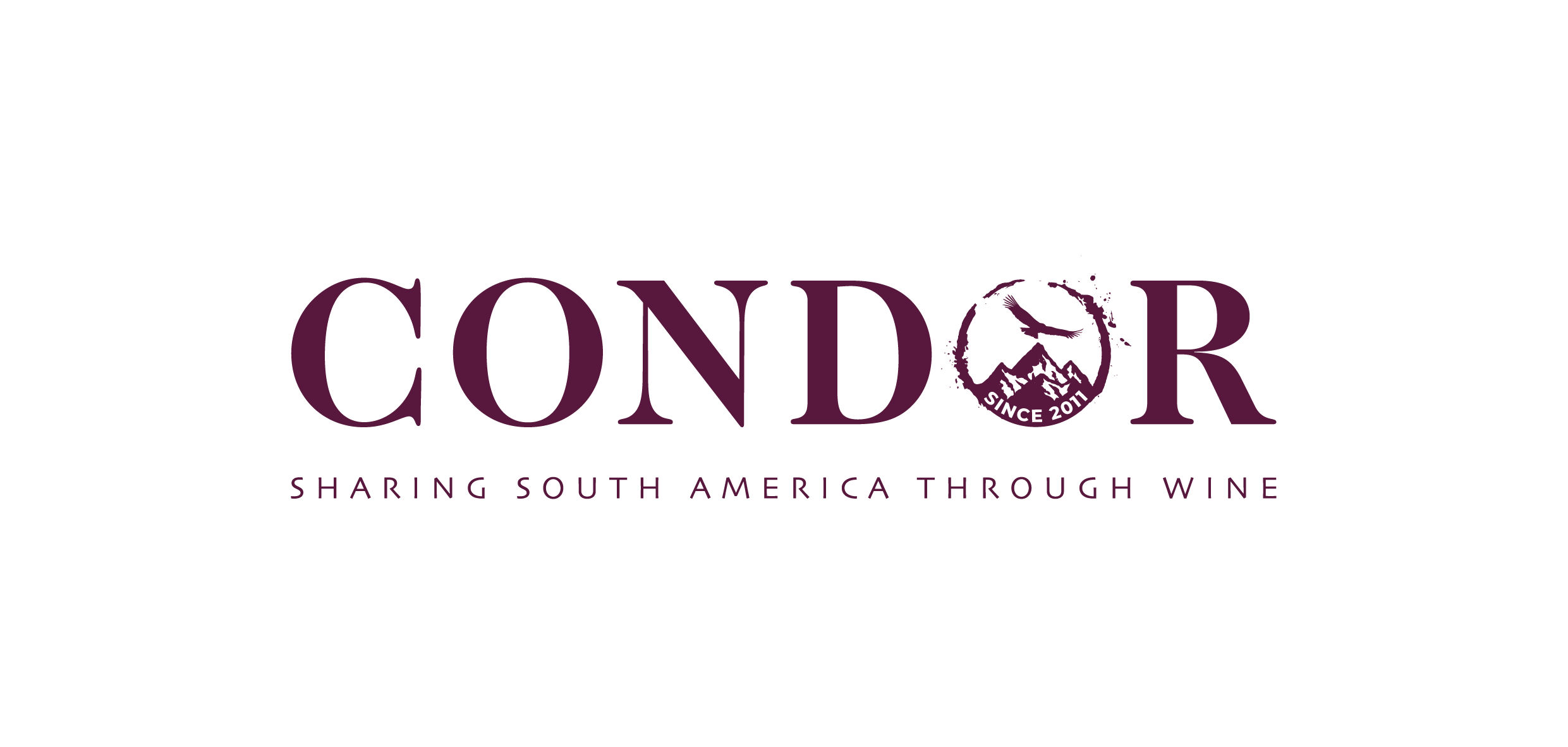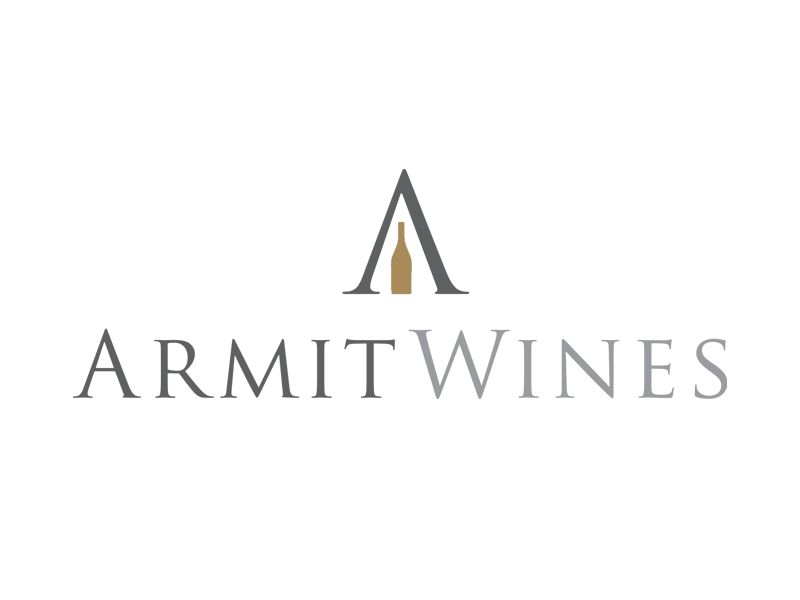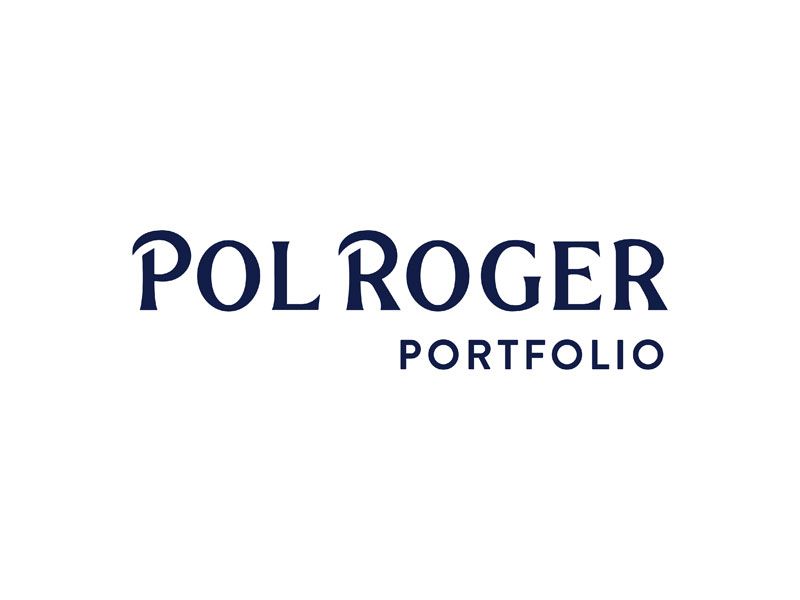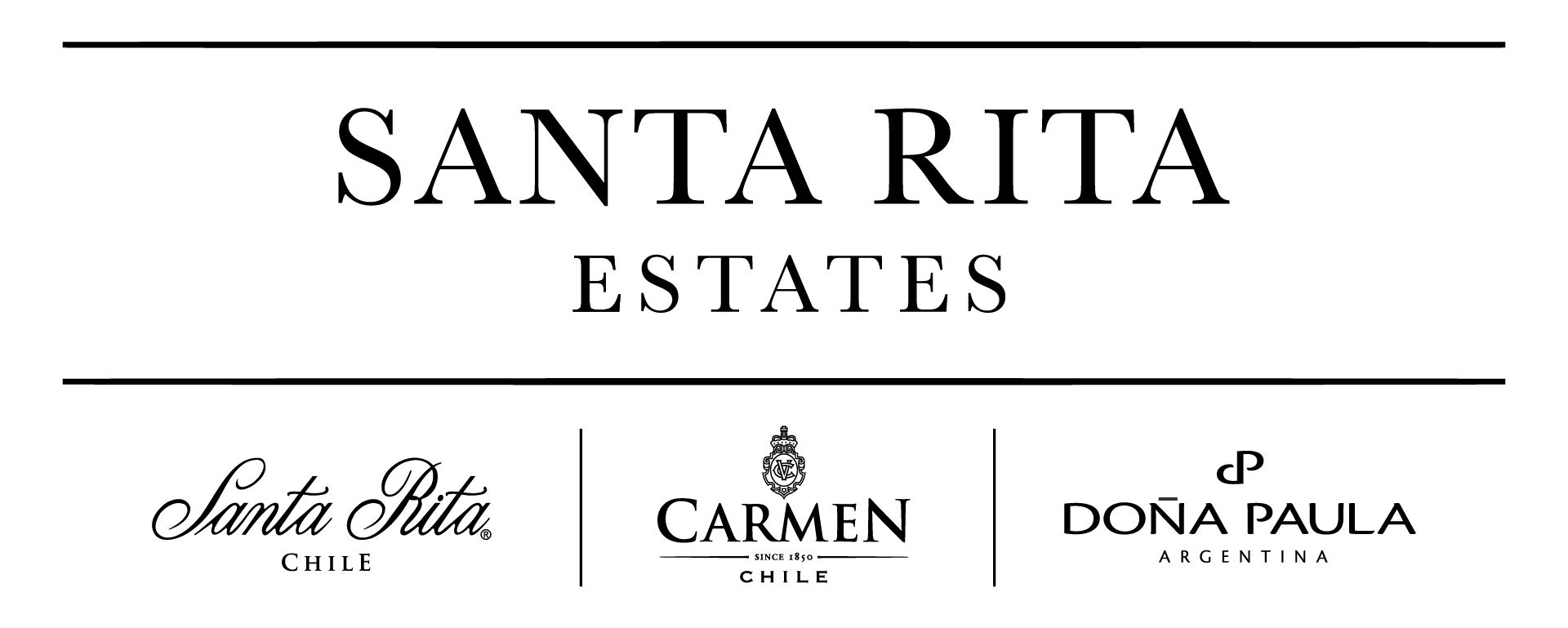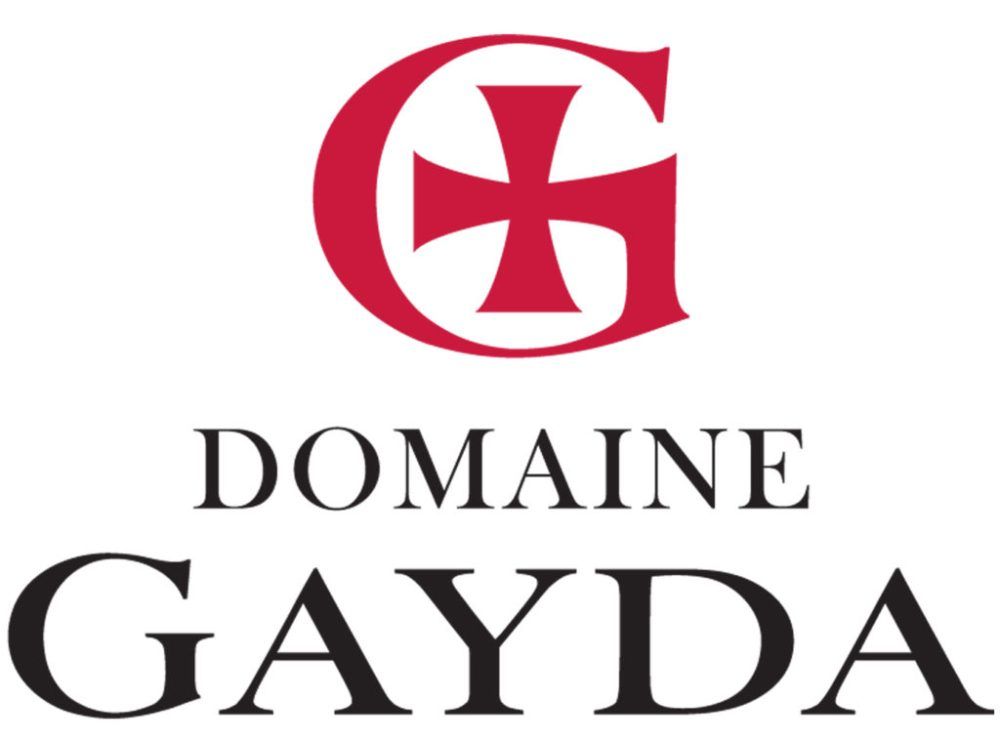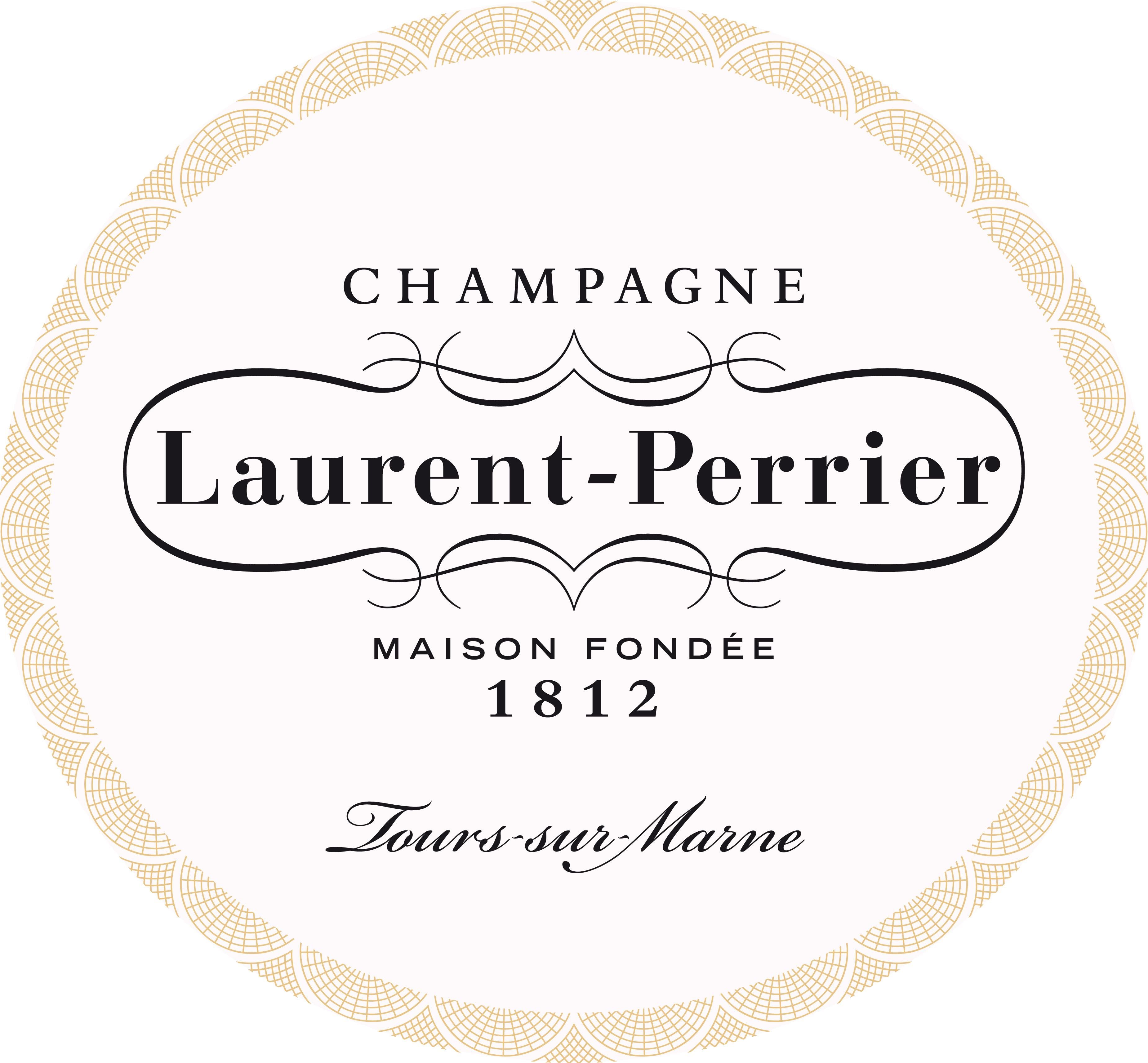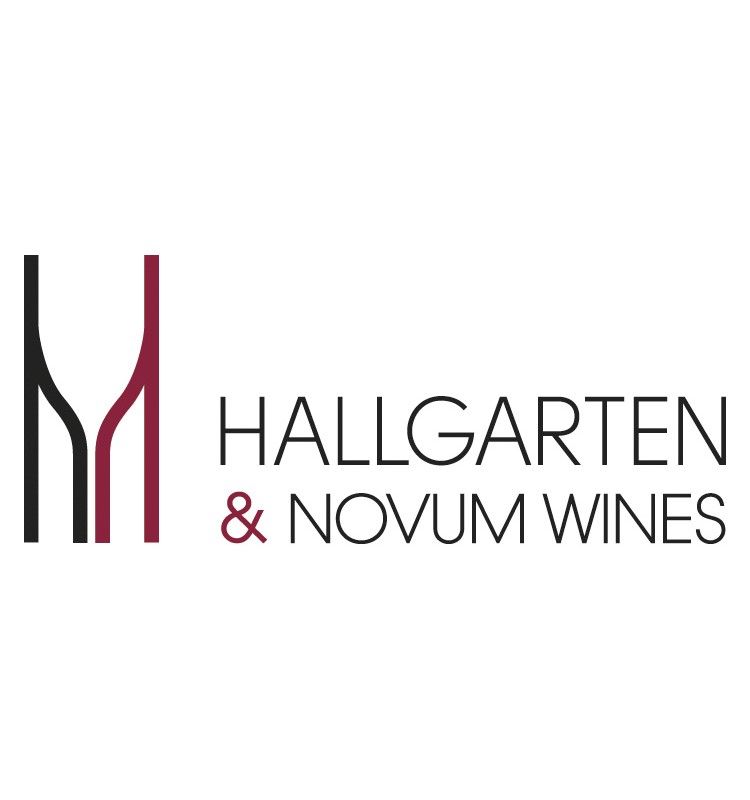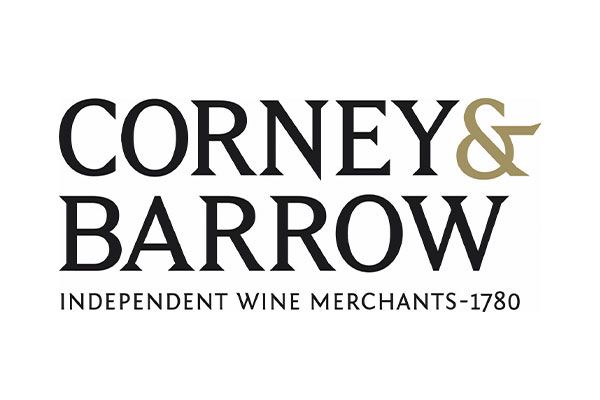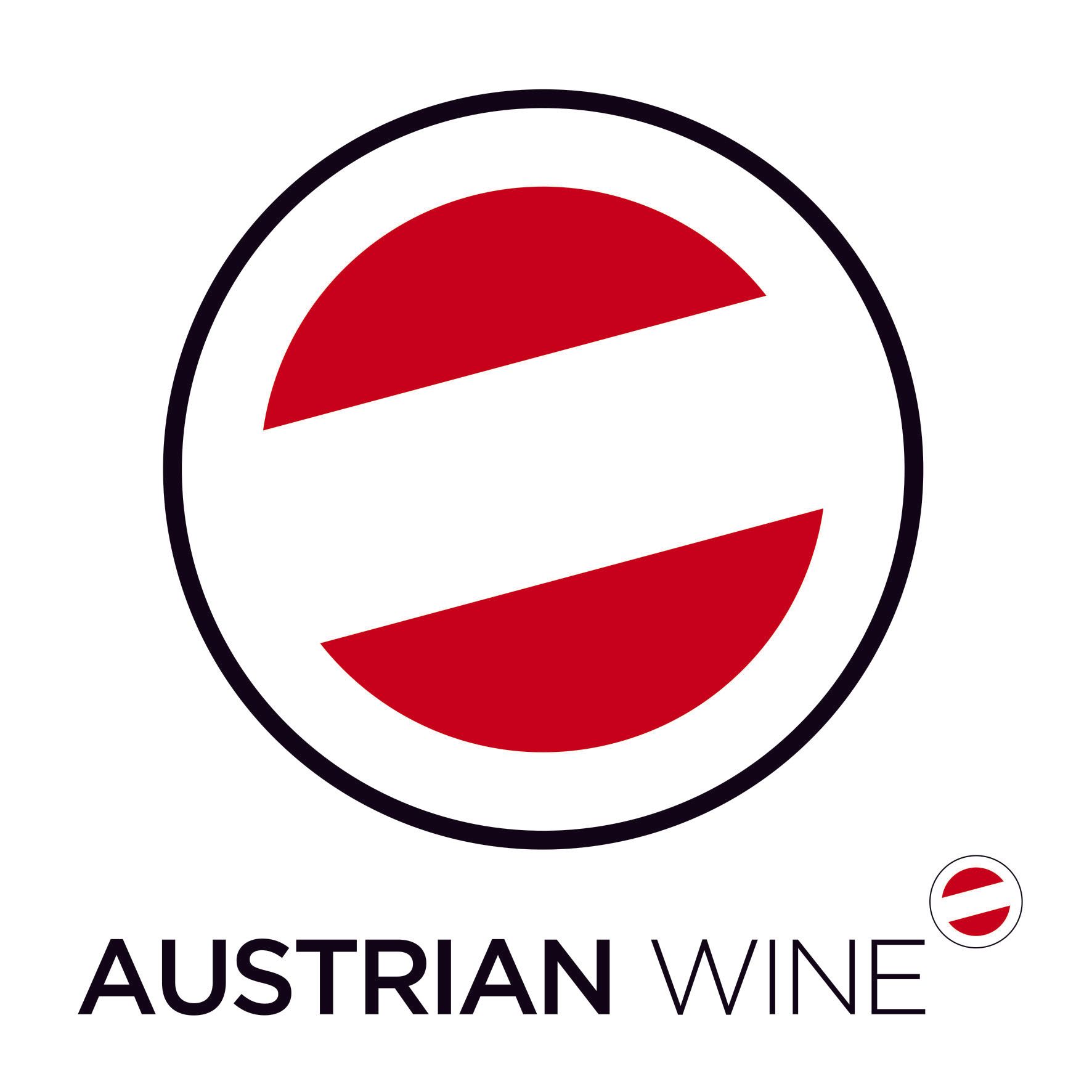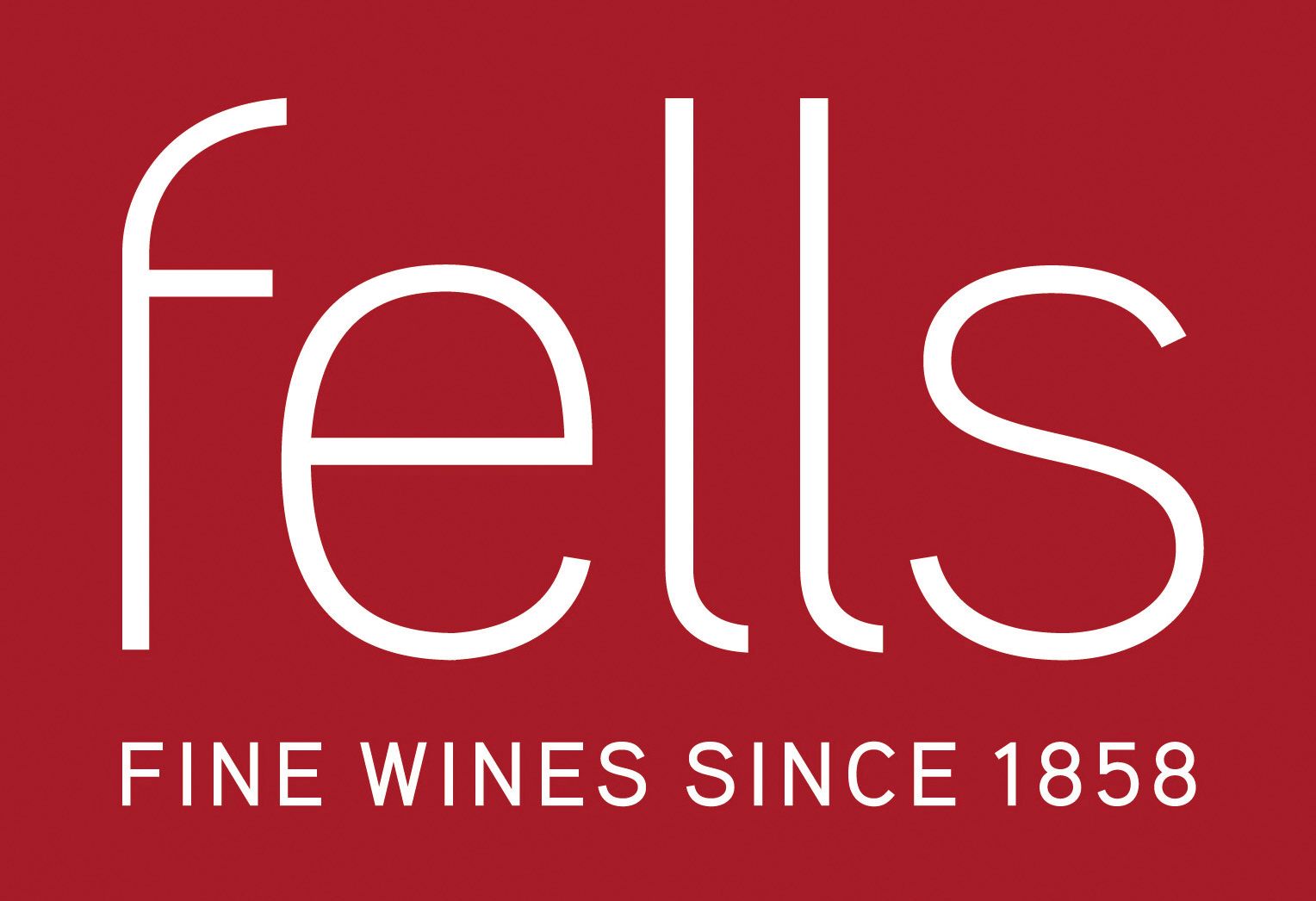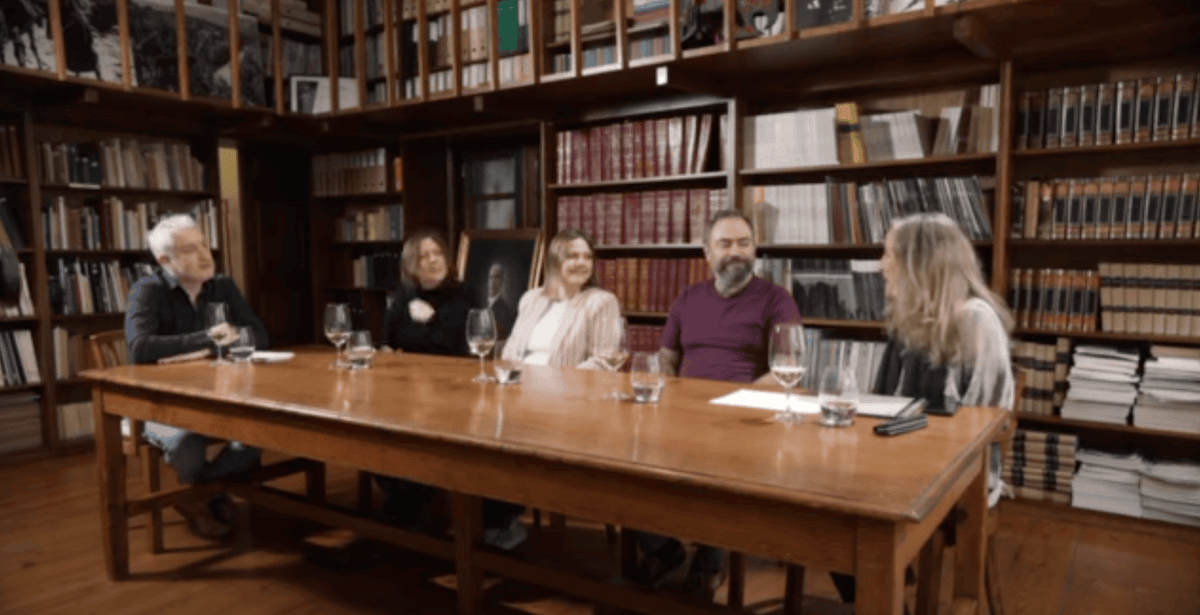The palpable quality and freshness of the wines of the Tejo in central Portugal was well-documented by The Buyer’s Mike Turner in his comprehensive review of a London tasting last spring. After a visit to the region in September, I can but echo that praise as well as drawing attention to its big potential for wine tourism.
Another Buyer colleague, Roger Jones, first saw it in 2017 when he wrote about it after a visit, but it has upped its game since, and now that the shackles of Covid are behind us, the Tejo possesses all the ingredients to become both producer and destination par excellence.
Formerly known as the Ribatejo, the DOC – to the north-east of Lisbon, and Portugal’s oldest wine region – was rechristened the Tejo (after the name of the river that flows through it from one end to the other). Running close, and almost parallel, to the river for 150 kilometres is the N118 road after which the Tejo Wine Route 118 is named. It was established in September 2021 by regional government with the aim of promoting the region and its wines. Passing through seven municipalities – Abrantes, Constancia, Chamusca, Alpiarca, Almeirim, Salvaterra de Magos and Benavente – it features 14 producers with open doors.
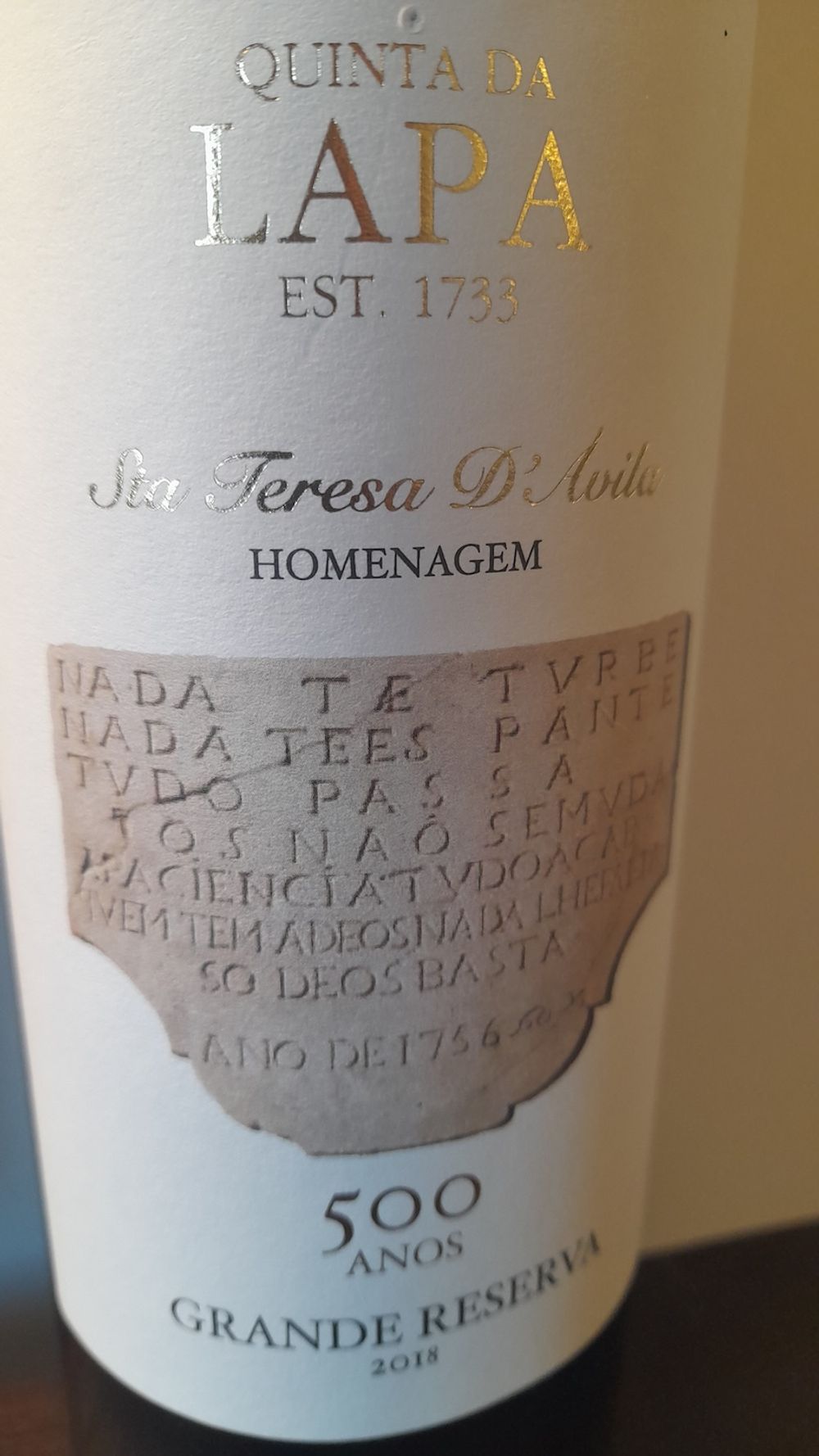
On our visit, we took in eleven of them. Our first port of call, Quinta da Lapa, is one of the oldest estates in the Tejo region, having been established in 1733. Owner Silvia Canas da Costa bought it in 1990 and rebuilt the winery, which has 72 hectares under vine with an annual production of around 600,000 bottles. She exports to around 20 countries but is looking for a UK distributor for several of her 25 labels, notably the Quinta da Lapa Homenagem Grande Reserva 2018 (14% abv, €20 cellar door).
An elegant blend of five grapes –Touriga Nacional, Syrah, Merlot, Cabernet Sauvignon and Alicante Bouschet – it punched well above its price point, with power and structure from 24 months in 100% new French oak balanced by fresh acidity and generous fruit. Complex, concentrated and long with firm but polished tannins, this was a standout red in an impressive range that also included a delightful traditional method sparkling wine, Quinta da Lapa Blanc de Blancs Brut Nature 2020 (100% Arinto, 32 months on the lees, zero dosage, pH3.16).
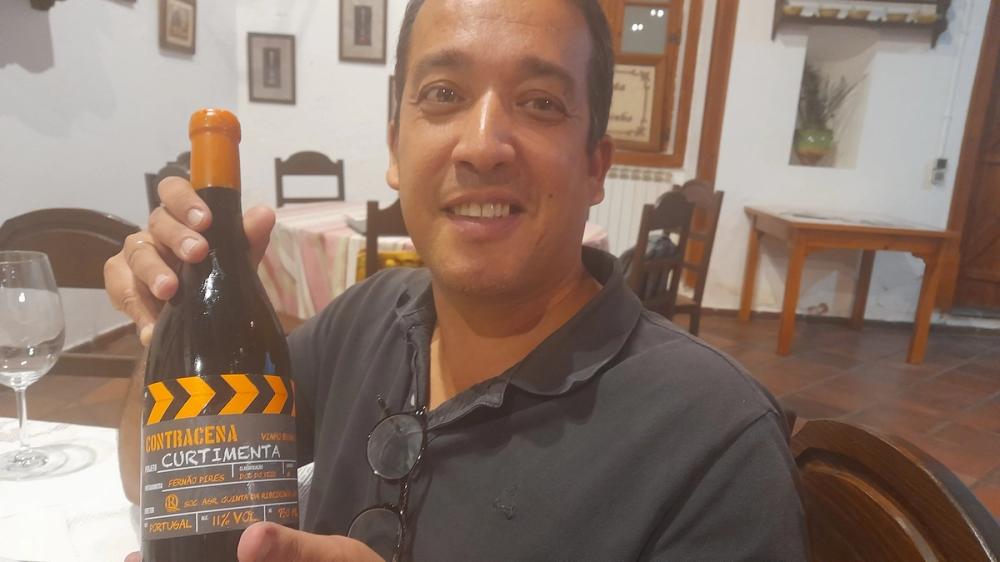
Rui Candido with his excellent 'orange' wine
Another producer seeking UK representation is Quinta da Ribeirinha, a family-owned estate on clay-limestone soils with a dry Mediterranean climate. As much as 85% of its annual production of 400,000 bottles is exported, with Brazil their number 1 market. All the red blends contain Touriga Nacional, as director Rui Candido says “it is very expressive of this terroir with balsamic notes.” His orange wine, Contracena from Fernao Pires, which spent seven days on the skins, had appealing notes of tea, tangerine, orange blossom, honey and nuts. “We’re not allowed under Portuguese rules to call it orange though,” Candido said. “We have to label it as white wine [vinho branco] but we have 'Curtimenta', which means ‘skin contact’, on the label.”
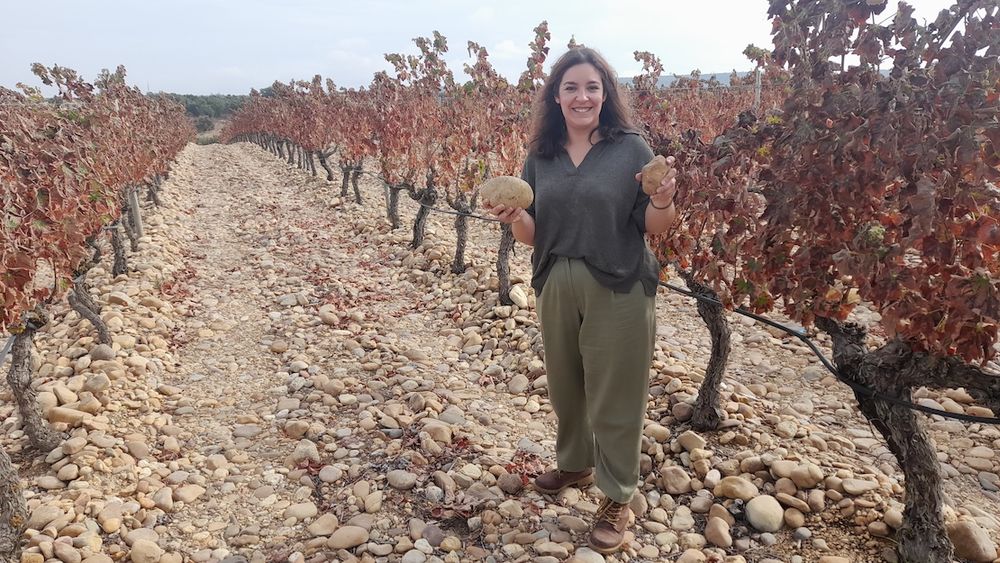
Veronica Perera in Vinedo do Convento vineyard
Perhaps the most interesting terroir we came across was the stoney vineyard (Vinedo do Convento) of Falua that bore a striking resemblance to those in Châteauneuf-du-Pape. Veronica Perera, the winemaker, explained how the stones got there. “About 400,000 years ago, the river Tejo changed course and left them,” she said. “They are about mostly four metres deep but can go down to 12 metres. These soils are not found elsewhere in the Tejo region.”
Well-suited to these low-yielding stoney soils is Touriga Nacional which is the only varietal in the excellent Falua Unoaked Red 2020. With 45 hectares under vine, and another 30 to be planted next year, Falua, established in 1994 and imported by Oakley Wine Agency, has an outstanding range with a fine bubbly, a Provencal-like rosé from Castelo and a lovely white blend made up of Fernao Pires, Arinto and Verdelho. The estate is keen to increase on-trade sales.
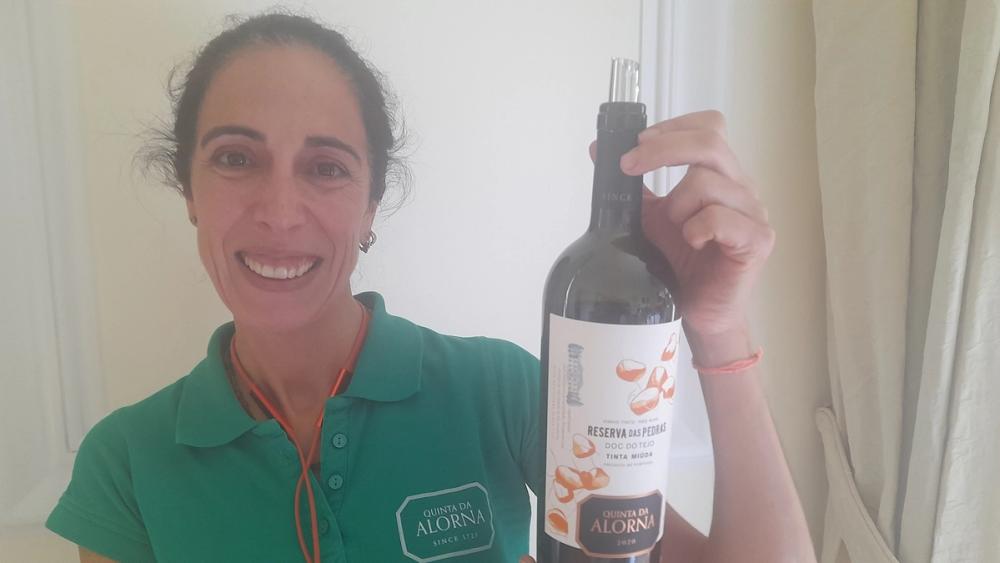
Martta Reis Simons
Another high quality producer not far from Falua is Quinta da Alorna, whose UK importer is Alliance. Chief winemaker Martta Reis Simons presides over 180 hectares of vines, producing 25 SKUs. “We are privileged that our vineyards thrive on soils that give us a unique natural acidity that is expressed in aromatic and sensory freshness,” she said.
Her outstanding red was the Reserva das Pedras Tinta Miuda 2020, made from 36-year old vines on another stoney site. The same grape as Graciano, it is noted for its acidity and perfume, and has very small berries, proffering colour and rusticity but also finesse. No new oak was used by Reis Simons, who says she wants grape expression. All her wines achieve this.
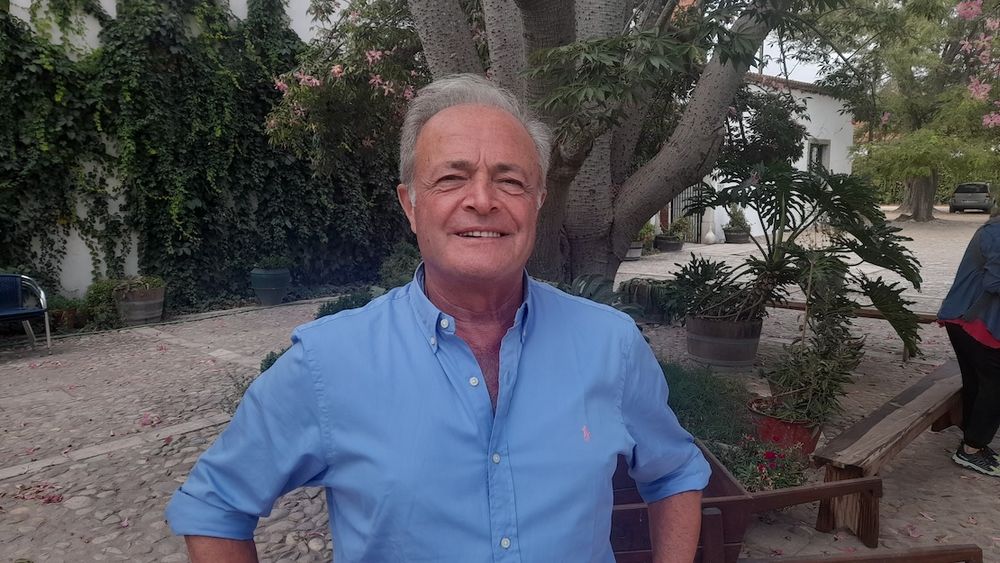
Jose Lobo de Vasconcelos
Directly across the road from Quinta da Alorna can be found Quinta do Casal Branco, a former hunting estate of the Portuguese royal family dating back to 1775. One of the most emblematic wineries in the Tejo, it is owned by the aristocratic Jose Lobo de Vasconcelos and has some of the oldest vines in Portugal. The Alicante Bouschet was planted back in the 1890s and the Fernao Pires bush vines on sandy loam soils in the early 1940s. The latter provide the fruit for the Falcoaria label, whose 2021 showed superbly, with mineral notes of stone fruit and pineapple. The UK is number one of 28 markets for the extensive Casal Branco range, with Oakley Wine Agency their importer.
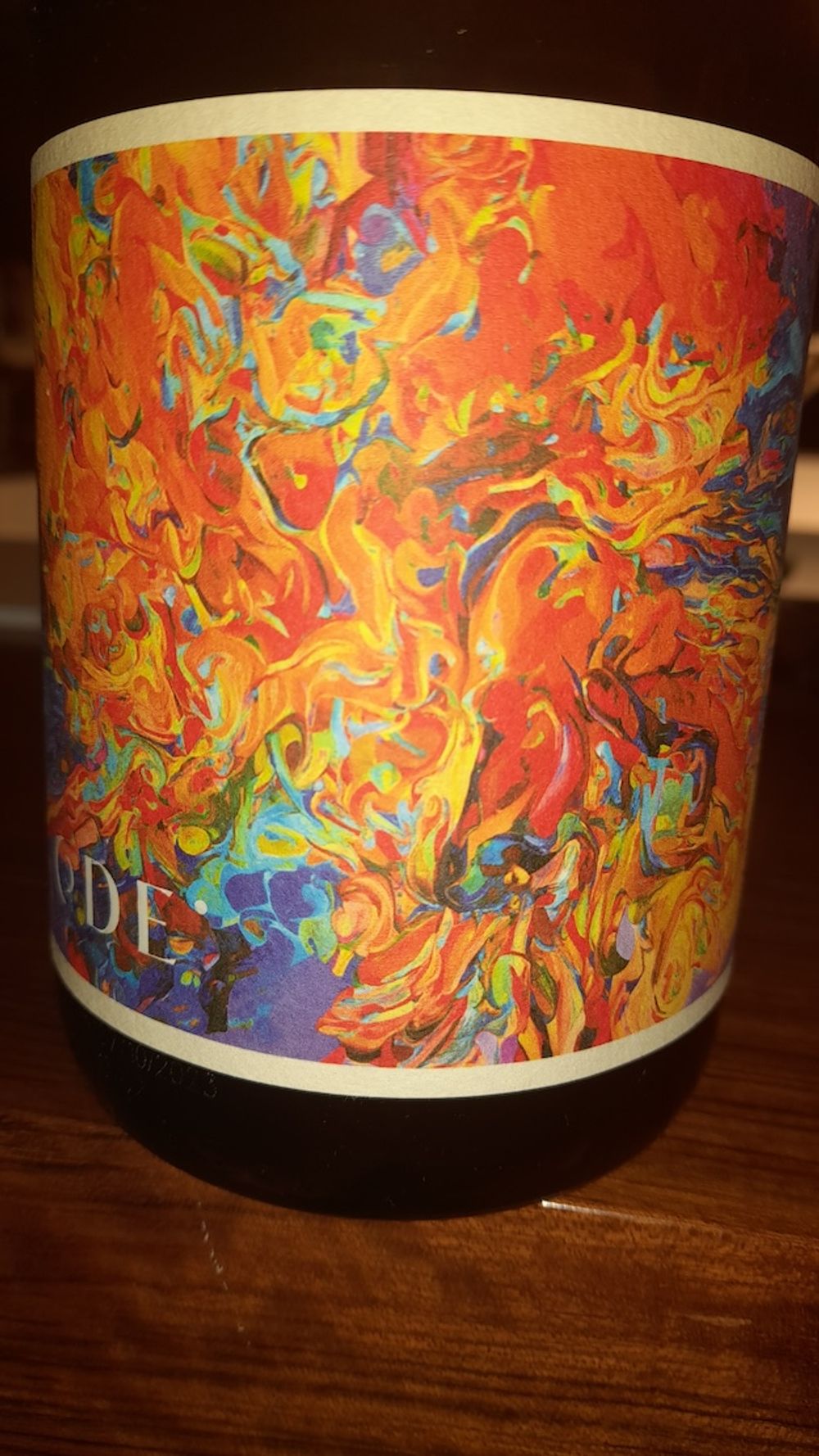
By contrast, another fine but smaller producer – the ODE Winery – has no UK representation. “Minimal Intervention & Maximum Attention” is their self-proclaimed motto, which is emblazoned proudly on the work shirt of Jim Cawood, their Australian ‘director of wine and good times.’ Their 22 hectares of vines is due to receive organic certification next year. The winery dates back to 1902, and is an interesting mix of old and new, with not just lagares, 7,500l foudres and a basket press but also concrete eggs and a dozen clay amphorae.
“Our aim is to create elegant, fruit-forward wines with great structure that respect varietal characteristics and show a true sense of place,” Maria Vicente, the winemaker, said. Her three different Touriga Nacional labels were all vinified differently – ODE Lagares Touriga Nacional 2022 (12% abv, foot-trodden in lagares and matured in stainless steel and old oak), ODE Touriga Nacional 2023 (13.5% abv, partly foot-trodden, aged in concrete and 30% new oak for 4 months) and ODE Touriga Nacional 2023 (11.5% abv, carbonic maceration). The first of these was a personal favourite – an elegant, pretty expression of the grape with low extraction, floral spicy notes and beautifully integrated tannins (RRP €25). “We’ve nicknamed it the Pinotriga,” Cawood quipped.
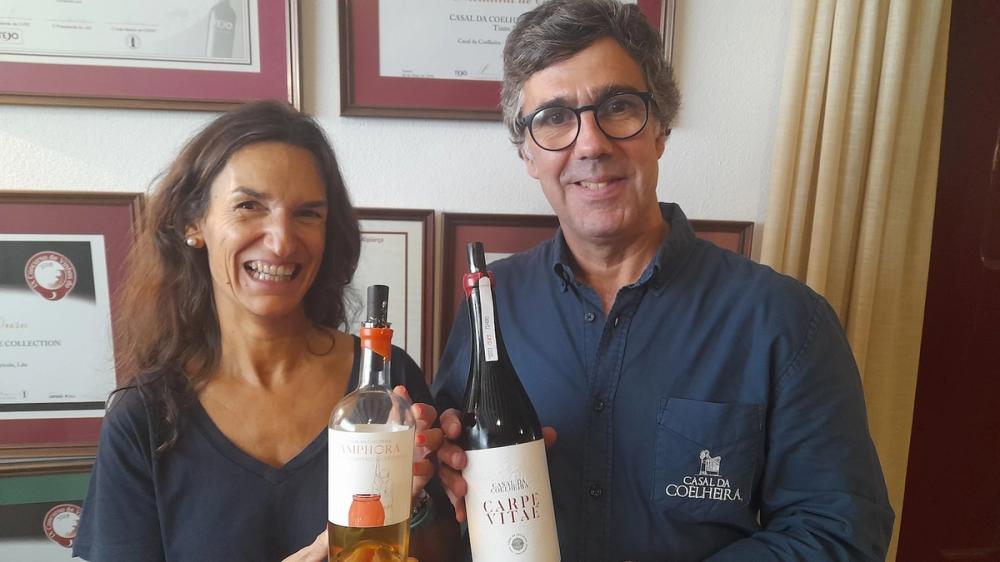
Nuno and Margarida Falcao Rodrigues
Casal da Coelheira was founded even longer ago than ODE – in the 1880s –and is yet another outstanding producer. Owned by Nuno Falcao Rodrigues and his wife Margarida, he makes the wine while she is the viticulturist. Their 53 hectares of vines, on very poor sandy Charneca soils, produce some superb Fernao Pires, from which both a white and orange is made (the latter spending three months on the skins in amphorae).
The Alicante Bouschet Private Collection 2021 underlined how good the grape can be as a single varietal. “It’s one of our favourites,” Nuno said. “We always used to blend it but you get such good freshness from it as it’s so naturally high in acidity.” The Casal da Coelheira range is available in the UK through Andy John and Honest Grapes.
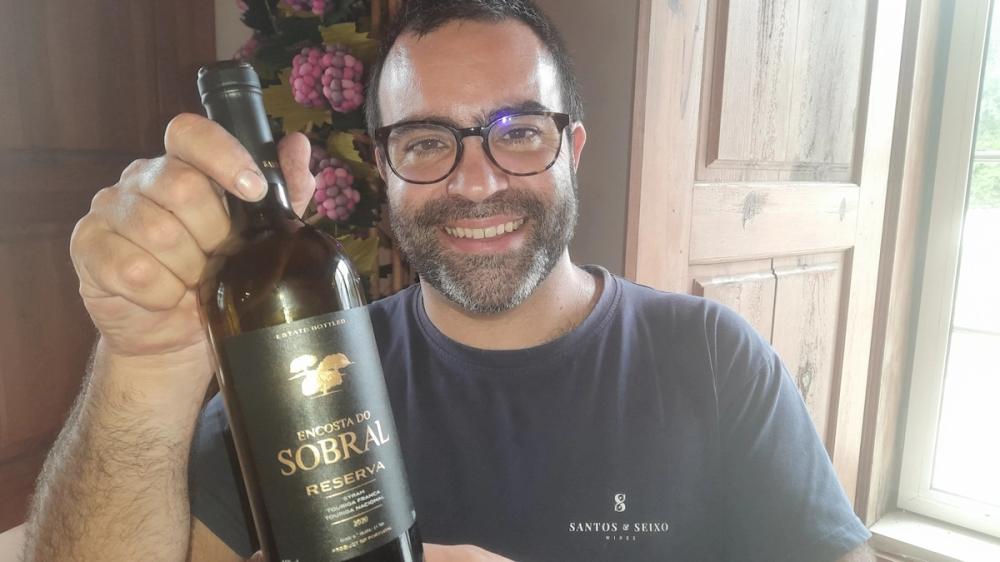
Marco Manteiga
Equally impressive were the wines of Quinta do Sobral in the Tomar Mountains at 260m on schist soils very similar to those of the Douro. Marco Manteiga, winemaker for owners Santo & Seixo, who have wineries in several Portuguese regions, crafts nine Sobral labels that all benefit from a very wide diurnal range, which is accentuated by cold nights and morning fog.
The Encosta do Sobral Grande Reserva Vinhas Velhas Fernao Pires 2021, made from ultra low-yielding 90-year old bush vines, had delightful orange blossom notes, while the Encosto do Sobral Reserva 2020 is a red blend that married especially well. Made up of 55% Syrah, 35% Touriga Franca and 10% Touriga Nacional, it effortlessly absorbed 100% new oak, displaying soft tannins and complex, alluring fruit.
Last but by no means least, the Tejo’s co-operatives, Adega de Almeirim and Adega do Cartaxo. The former are the biggest producers of white wines in Portugal, with 90% of its annual output of 24 million litres being that colour (mainly Fernao Pires). Taking in fruit from 120 growers and 1200 hectares of fruit, Almeirim, which was established in 1958, exports 20% of its wines but none as yet to the UK. Its calling card is a big volume, good-value €9 quaffer, A.C.A. 2022 (‘Adega Cooperativa Almeirim), which is a 100% Fernao Pires from poor, sandy soils.
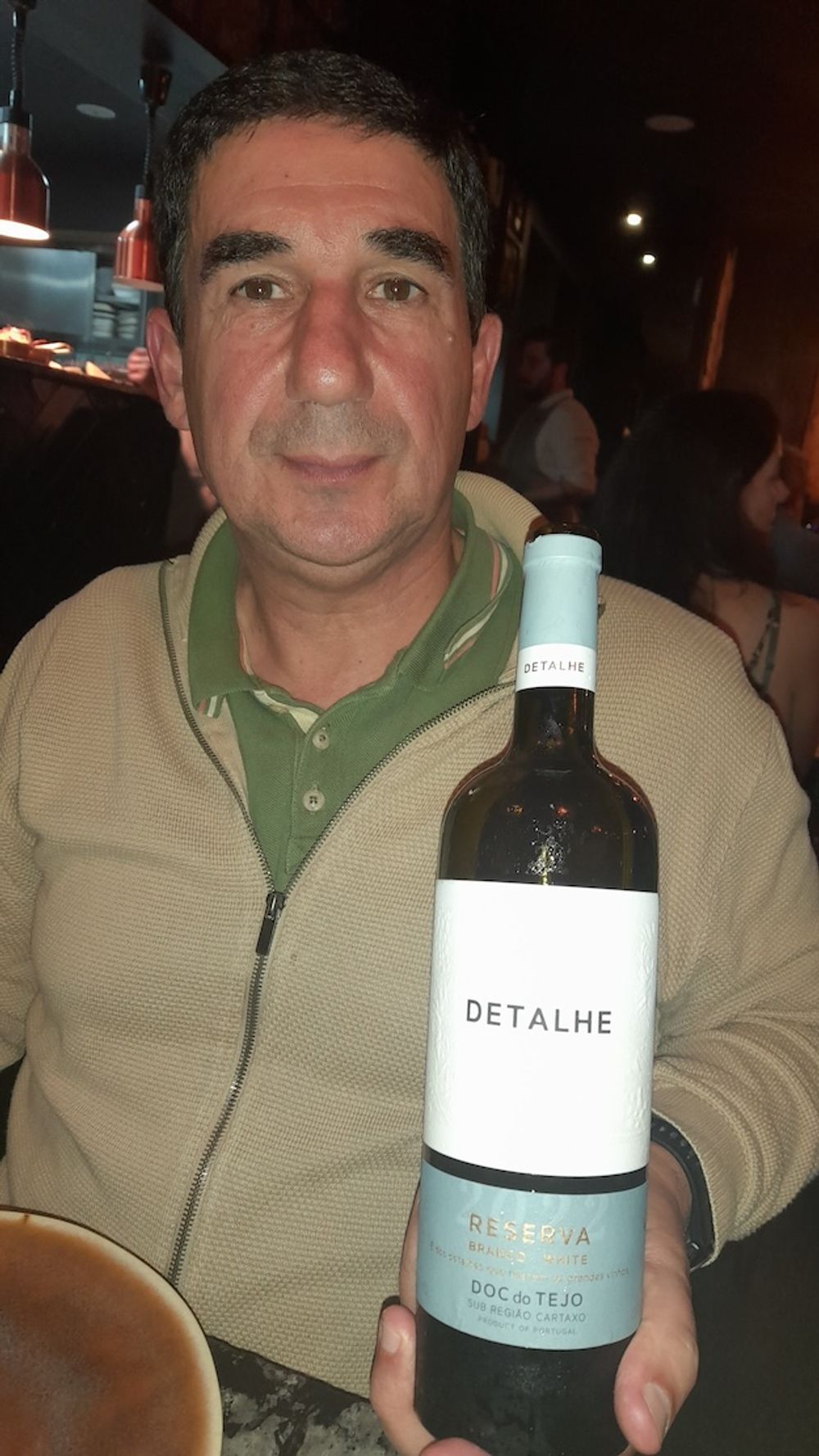
Piedro Gil
By contrast, Adega do Cartaxo, which lies on the opposite eastern side of the river to Almeirim, deals mainly in red wines, which make up 75% of its production of 10 million litres. Touriga Nacional is the principal grape, ahead of Castelao, Trincadeira and Syrah. Export manager Miguel Cordeiro is keen to increase sales to the UK which are currently effected by Portugalia Wines UK. Piedro Gil, Cartaxa’s winemaker for 29 years, crafts a good range, of which his Detalhe Reserva 2019 stood out. A blend of Touriga Nacional, Alicante Bouschet, Syrah, Cabernet Sauvignon and Merlot, it spent ten months in 100% new French oak.
